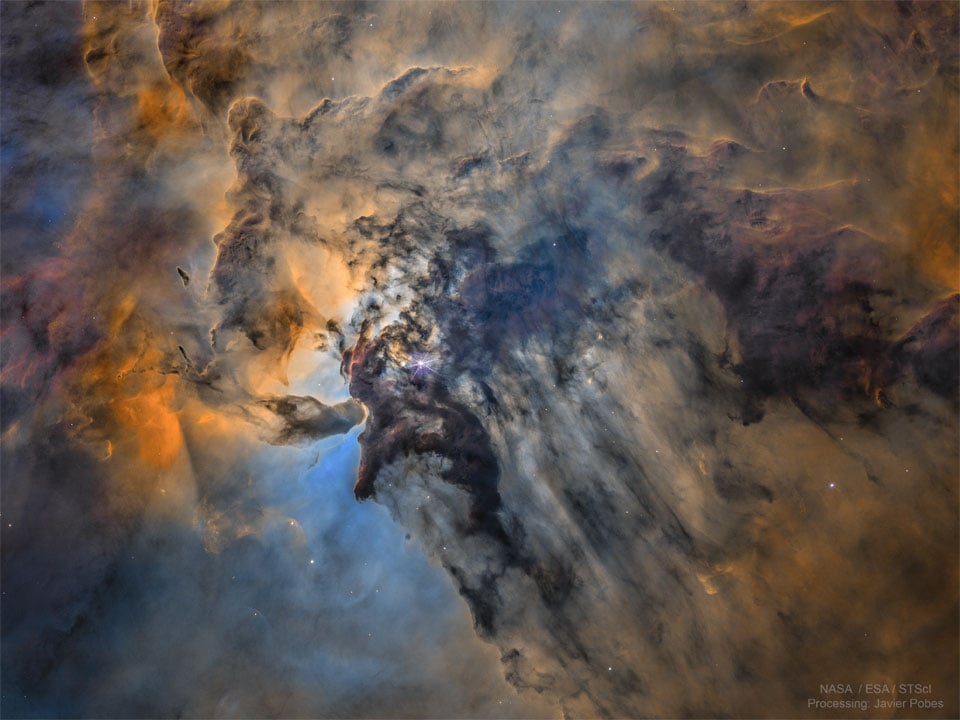460
you are viewing a single comment's thread
view the rest of the comments
view the rest of the comments
this post was submitted on 08 Apr 2025
460 points (96.0% liked)
[Dormant] moved to !space@mander.xyz
10871 readers
1 users here now
This community is dormant, please find us at !space@mander.xyz
You can find the original sidebar contents below:
Rules
- Be respectful and inclusive.
- No harassment, hate speech, or trolling.
- Engage in constructive discussions.
- Share relevant content.
- Follow guidelines and moderators' instructions.
- Use appropriate language and tone.
- Report violations.
- Foster a continuous learning environment.
Picture of the Day
 The Busy Center of the Lagoon Nebula
The Busy Center of the Lagoon Nebula
Related Communities
🔭 Science
- !astronomy@mander.xyz
- !curiosityrover@lemmy.world
- !earthscience@mander.xyz
- !esa@feddit.nl
- !nasa@lemmy.world
- !perseverancerover@lemmy.world
- !physics@mander.xyz
- !space@beehaw.org
- !space@lemmy.world
🚀 Engineering
🌌 Art and Photography
Other Cool Links
founded 2 years ago
MODERATORS
I fully expect scientists of the 25th century to roll our current level of knowledge of the universe in one with flat earth and geocentrism.
But how could light pass through nothing? Surely there must exist a lumeniferous aether!
Exactly. People have been convinced of numerous "scientific" ideas over the centuries that later turned out to be totally bogus. "Dirt creates vermin".
And maybe, in a few decades or centuries, they laugh at the notion of Dark Matter. Or what the stupid cavepeople of the 21st century still believed was gravity or speed of light.
We now treat gravity more as curved space time than a force, but what is curved? Surely space time must be something
I mean, the recent discoveries actually do not dispute most of the previous theories. Most of the time the old theories are fringe cases where some parameters are simplified so you get the new theory that is actually a general case of the classical one. It's not like our old formulas stop working when we discover new cases...
If you're interested in this stuff, Thomas Kuhn's The Structure of Scientific Revolutions describes a lot of how science actually happens, where most normal science builds up accumulated information under an accepted paradigm, but occasionally those old models slowly become untenable with repeated observations that are anomalous or not explained by that existing accepted scientific paradigm. Then a scientific revolution occurs, the old paradigm is cast aside or limited in its scope, while the new paradigm takes over as the generally accepted set of theories. The book is one of the most cited works of the post-war era.
~~Geocentrism~~ Heliocentrism didn't have a clear advantage over ~~Heliocentrism~~ geocentrism, until Kepler made the observation that the planetary orbits were elliptical. (One big objection to geocentrism was that the stars should have some kind of observable parallax if the earth were moving around the sun, but that ended up being explained by learning just how freaking far away the stars are.) Heliocentrism with elliptical orbits, though, laid the groundwork for Newton's theory of gravitation.
Later on, Mercury's anomalous orbit just couldn't be made to fit Newton's theory, but astronomers held onto Newton's theories for decades before Einstein's general relativity was enough to explain it. Einstein's own cosmological theories needed to be fit in with the discovery of the cosmic background radiation and our expanding universe, and eventually we got to our current paradigm of the lambda-CDM model, which postulates the existence of dark matter to account for galactic structures, dark energy to account for the acceleration of the expansion of the universe. All along the way, there were discarded theories that just don't hold up.
The history of how we got here can help inform how we should speculate about where we might go next. New normal science might try to figure out what dark matter actually is (different theories can be tested by looking for different observations), without actually challenging the overarching lambda-CDM model. Or research into the Hubble Tension might allow enough observation to propose a new model entirely, for a revolution into a new paradigm.
And of course, Kuhn wrote his hugely influential book in 1962, so many decades of thought have refined and challenged some of those ideas. It's interesting stuff.
Did you mix up geocentrism and heliocentrism there?
I sure did, whoops.
I really hope they're not stupid enough to be so judgemental or we're gonna be in real trouble in the 25th century.